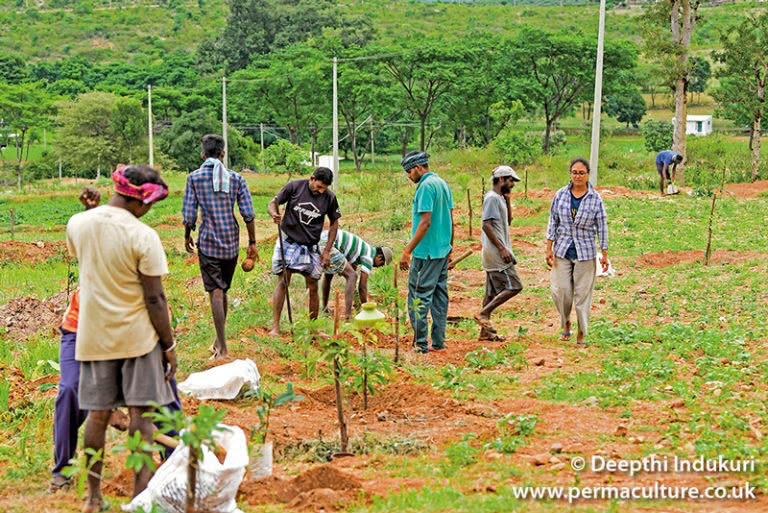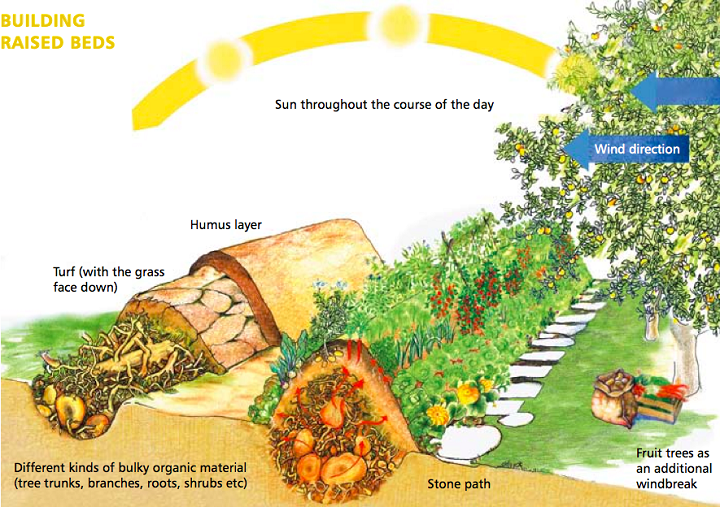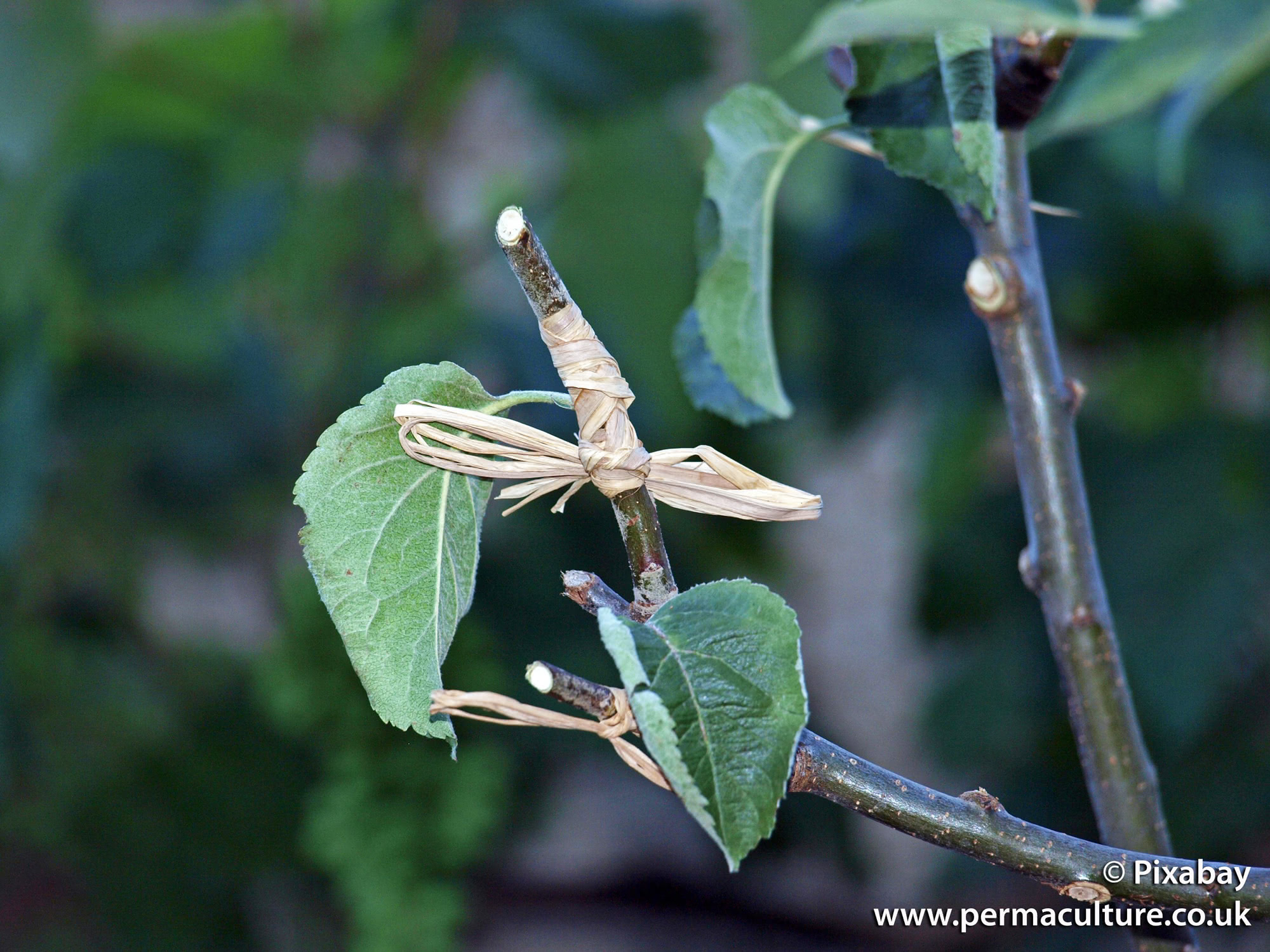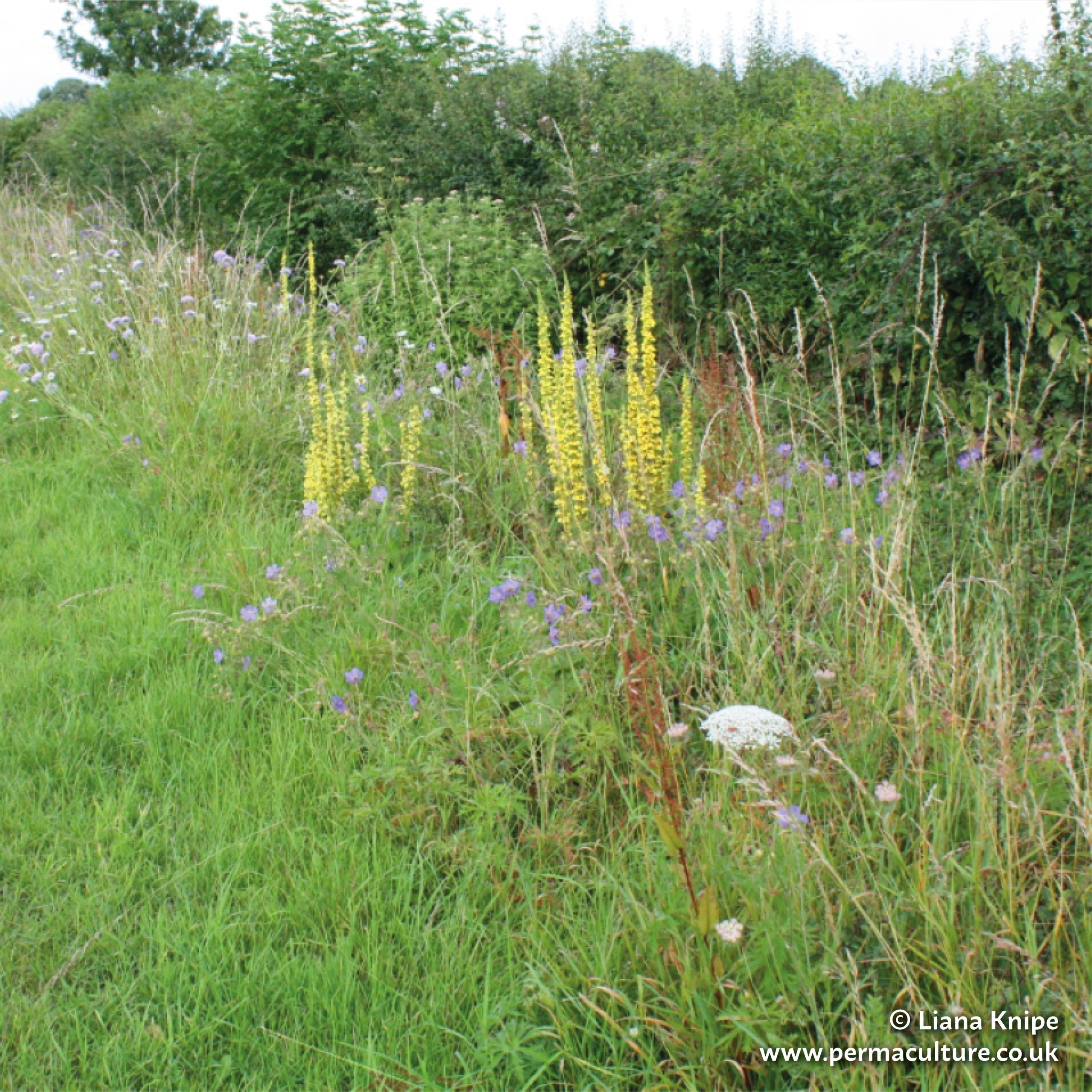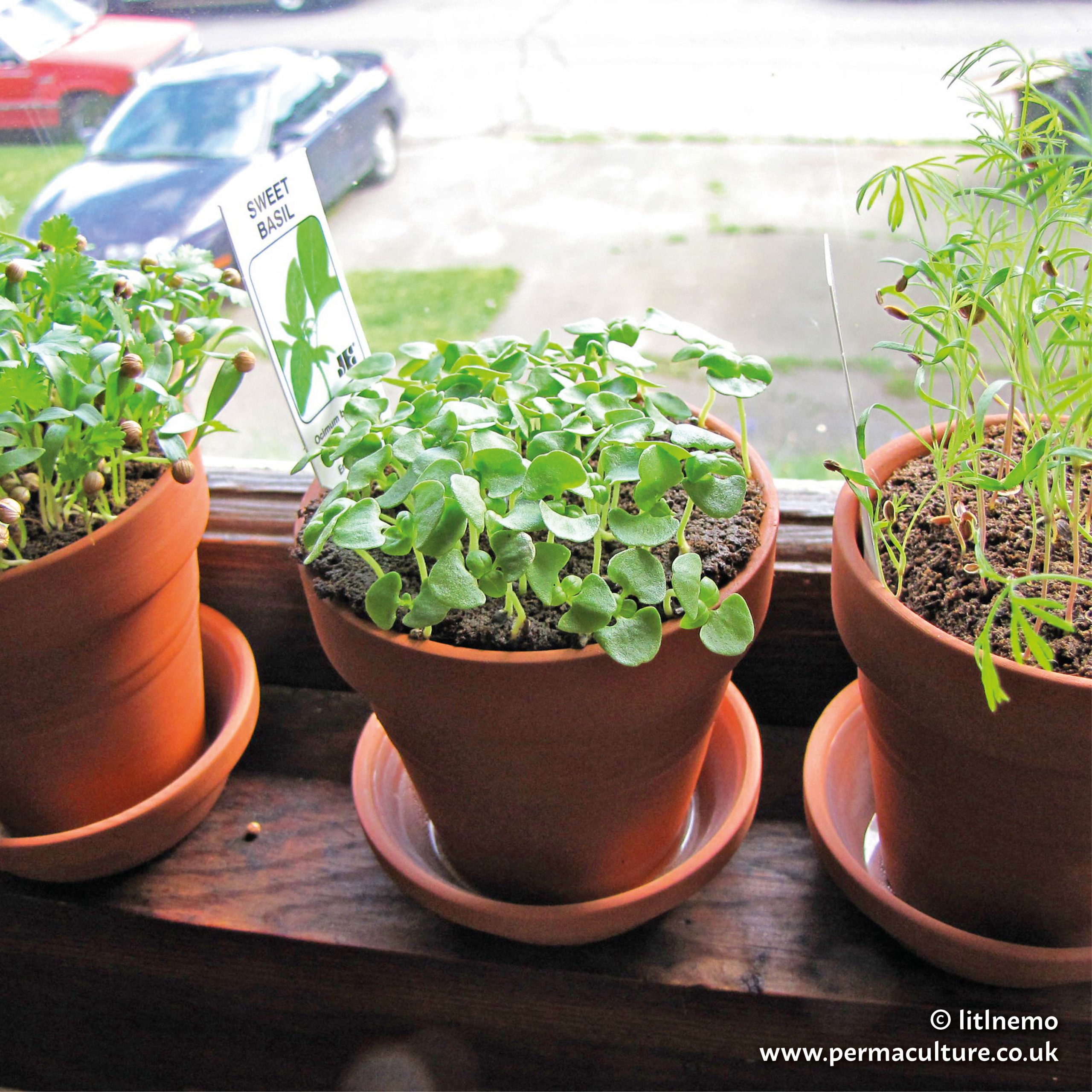Anne Stobart is a medical herbalist and herb grower based in Devon, UK. Over the years, she has planted and maintained a medicinal forest garden to provide supplies for herbal medicine in practice. Here she shares a selection of recipes using plants from her growing system.
You need:
Several handfuls of freshly picked young nettle tops (use gloves!)
About 300ml spirit such as vodka or gin which is 40% alcohol by volume
A glass jam jar or preserving jar with an airtight lid
Note: This tincture recipe can be used with other fresh plant material such as bilberry or birch leaves, elder or hawthorn flowers, as well as other plant parts such as chopped fresh cramp bark or Oregon grape roots.
You need:
Dried ash bark, 100g
Spirit 40% alcohol by volume, 300ml
White wine 10-12%, 300ml
Note: This recipe for making a tincture based on dried plant material can be used with a wide range of plants. If a harvest has been exceptionally large then some plant material can be dried for later use, and this method of making a tincture can be used.
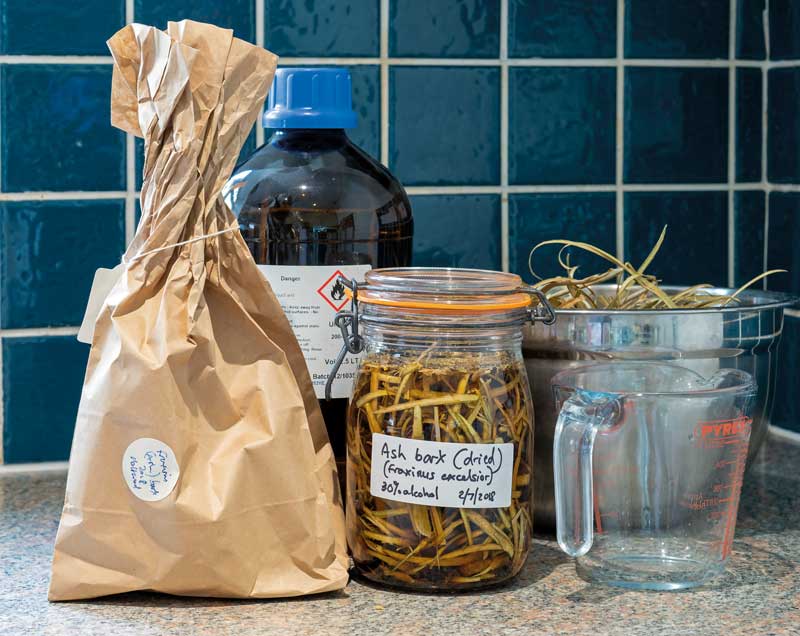
You need:
Fresh ripe chokeberries, approximately 500g weight
Cold water, 100ml
Tray and greaseproof paper
Note: A fruit leather can be frozen if not eaten straight away. Honey can be used as an alternative to sugar, it contains around 20% water but has other constituents which are antibacterial.
Making a fruit leather
The preserving quality of sugar is also helpful in making fruit leathers, since the natural sugar content in a fruit purée is readily concentrated. Additional sugar may be needed for fruits that are somewhat sour in nature. The fruit purée is heated and water is evaporated until the purée is fairly stiff and can be spread out on a sheet of greaseproof paper to further dry. The dried fruit leather can be cut into squares or rolled up and also freezes well.
You need:
Fresh raspberry leaves, 50g (25g if dried)
Apple or wine vinegar, 500ml
Fliptop glass bottles
Note: Herbal vinegars of this kind can be made with many healing plants including berries and leaves of chasteberry (Vitex agnus) for premenstrual complaints, and sage (Salvia officinalis) for menopausal hot flushes. The herb vinegar preparations will keep better if made with dried leaves or berries.
You need:
Leafy stems of Douglas fir, juniper and rosemary, 3-6 leafy stems about 25cm long
Cotton string, 2m
Scissors
Note: These incense sticks are traditionally made with sage (Salvia officinalis) but you can experiment with any aromatic plants.
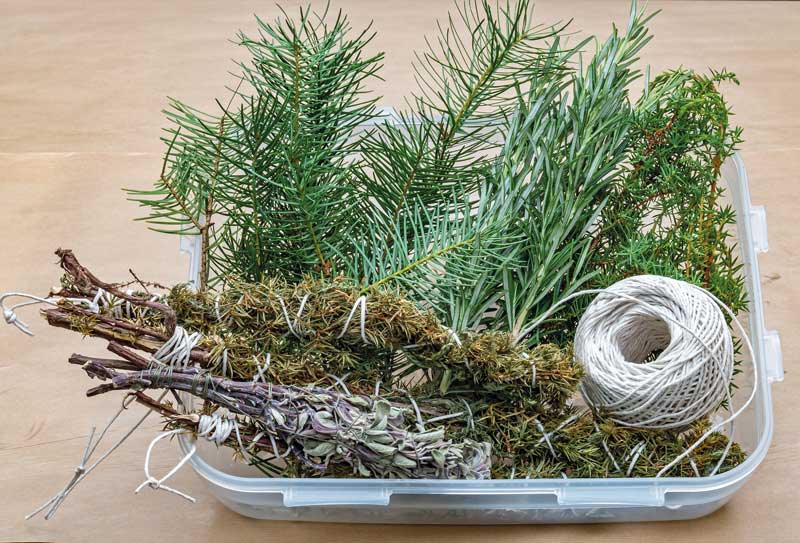
—
This is an extract from Anne Stobart’s The Medicinal Forest Garden Handbook, an extensive handbook with practical information on growing, harvesting and using medicinal trees and shrubs sustainably in a temperate climate, whether for self-sufficiency or profit.
The Medicinal Forest Garden Handbook
by Anne Stobart
Benefits of Common Mallow (Malva sylvestris)
Anne Stobart is a medical herbalist and herb grower based in Devon, UK.
She is the author of The Medicinal Forest Garden Handbook and runs various medicinal courses.
